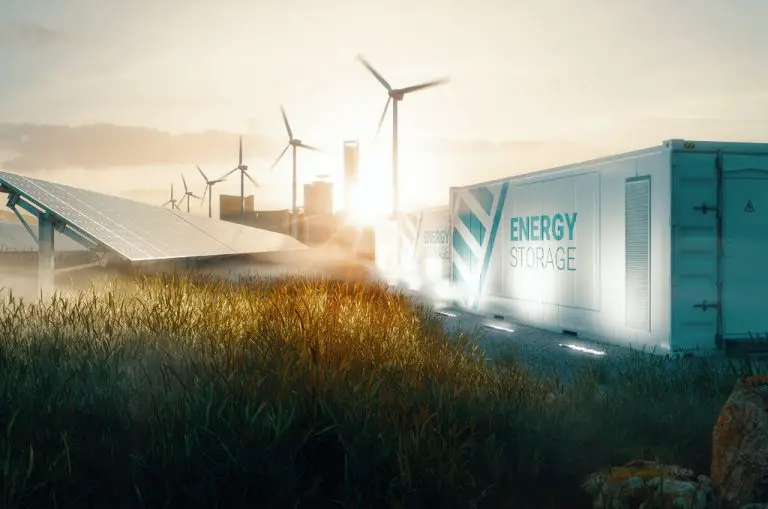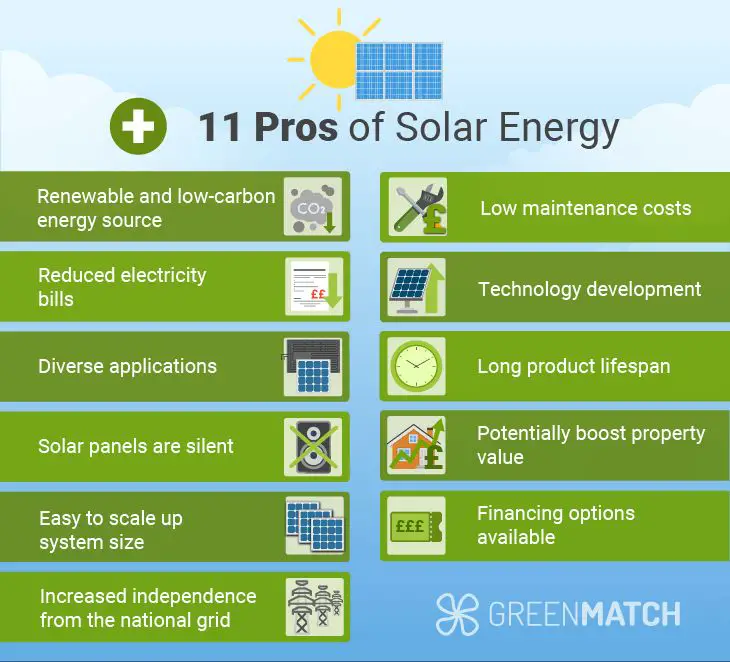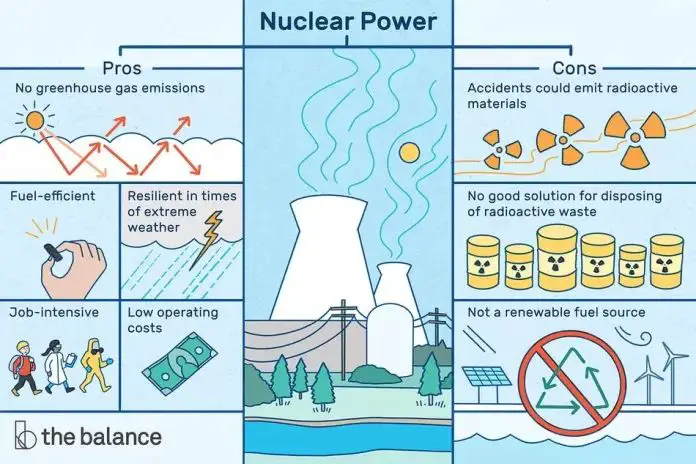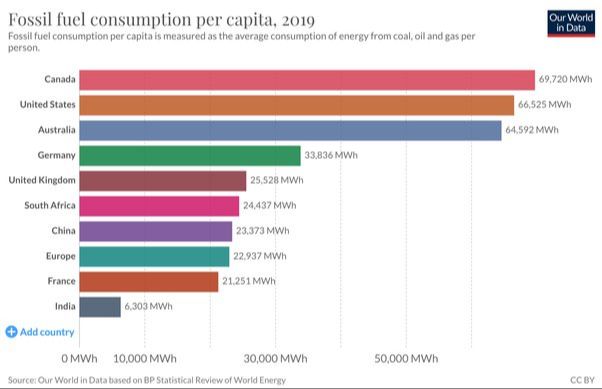What Percentage Of The World Is Renewable Energy?
The transition to renewable energy sources is one of the most important steps we can take to combat climate change. As the world wakes up to the reality of global warming, there is increasing urgency around reducing greenhouse gas emissions from the burning of fossil fuels. Renewable energy comes from naturally replenished sources like sunlight, wind, water, plants, and geothermal heat. Ramping up renewables and moving away from coal, oil, and natural gas is critical for creating a sustainable energy system.
Many countries have already made significant progress in adding renewables to their energy mix. The costs of technologies like solar and wind have dropped dramatically in recent years, making them economically competitive with conventional power. Government incentives and mandates have also helped drive growth. But the renewable transition still has a long way to go. Fossil fuels still provide over 80% of global energy supply. Accelerating the shift to clean energy is one of the most pressing challenges of the 21st century. Doing so successfully will require overcoming technical, political, and economic hurdles on a massive scale.
Current Share of Renewables Globally
Renewable energy sources currently account for about 11% of total global energy consumption according to the International Energy Agency (IEA). This includes power from hydro, wind, solar, bioenergy, and geothermal sources.
The majority of renewable energy comes from hydropower, which comprises over 6% of total global energy. Other major sources include bioenergy (2.4%), wind (1.6%), and solar (0.7%). Geothermal makes up a smaller share at 0.2%.
While 11% may seem small, it represents significant growth from previous decades. In 1973, renewables accounted for just 2.3% of global energy consumption. The increasing competitiveness and adoption of renewable technologies like solar panels and wind turbines has enabled this growth.
According to the IEA, “Renewables are the world’s second largest source of electricity after coal and the fastest-growing source of energy.” https://www.iea.org/reports/renewables-2019/renewables-in-electricity
Growth of Renewables Over Time
Renewable energy has seen tremendous growth worldwide over the past decade. According to the National Renewable Energy Laboratory (NREL), the share of electricity generated from renewable sources has more than doubled from around 19% in 2010 to over 40% in 2021 (1). The International Energy Agency (IEA) also reports that renewable electricity capacity grew at an average annual rate of over 200 GW from 2000-2020 (2).
Some key trends driving this growth include:
- Solar PV capacity expanded over 20-fold in the last decade, with an average growth of 49% per year from 2011-2020.
- Wind power capacity increased over 5-fold from 2000-2020, averaging around 55 GW of added capacity per year.
- Renewables made up over 80% of all new power generation capacity added globally from 2020-2021.
This unprecedented growth of renewable energy demonstrates the accelerating transition happening worldwide towards clean energy sources like solar, wind, and hydropower.
Regional Differences
There are significant regional differences in the share of renewables globally. According to the USAID, the ASEAN region has set a target to increase the regional renewable energy share to 23% by 2025. Currently, the ASEAN region gets about 16% of its energy from renewable sources.
Europe is a global leader when it comes to adoption of renewables. Countries like Denmark, Germany and Spain generate over 20% of their electricity from renewable sources. On the other hand, regions like the Middle East and Africa continue to rely predominantly on fossil fuels. The United States is also lagging behind European countries, with only around 17% of its energy coming from renewables in 2018.
The growth and development of renewables varies significantly by region based on factors like natural resources, government policies, financing, and public sentiment towards renewable energy.
Reasons for Growing Renewables
There are several key factors driving the growth in renewable energy around the world:
Climate change is a major reason why countries are looking to transition away from fossil fuels to cleaner energy sources like wind, solar, hydropower, and geothermal. Burning fossil fuels for energy is a major contributor to greenhouse gas emissions that cause climate change. Expanding renewables can help mitigate climate change risks. According to a report by Environment America, “That’s why growing renewable energy is one of the best things we can do to protect wildlife and the environment they depend on.” [1]
Energy security is another driver, as many countries want to rely less on imported fossil fuels and instead use domestic renewable resources for power generation. This provides greater energy independence and insulation from global price shocks. According to a report by the Polish Institute of International Affairs, the high costs of transitioning to renewables in China highlights why energy security is an important motivation. [2]
Falling costs for renewable power from sources like wind and solar makes them increasingly competitive with fossil fuels. Technological improvements and economies of scale have steadily driven down costs over the past decade.
Challenges for Renewables
While renewable energy sources like solar, wind, and hydropower offer tremendous potential, they also come with unique challenges that must be addressed for their adoption to accelerate. Three key challenges involve intermittency, energy storage, and transmission infrastructure.
The output of renewable sources like solar and wind is intermittent and weather-dependent (Trvst, 2023). Solar only generates energy when the sun is shining, and wind turbines rely on steady breezes to spin. This variability makes it difficult to integrate large shares of renewables onto grids and match supply with demand. Solutions like improving forecasting, grid flexibility, and energy storage can help overcome intermittency issues.
Affordable and large-scale energy storage is another major challenge. Batteries and other storage technologies allow renewable energy generated at peak times to be dispatched when needed. However, existing storage options remain expensive and limited. Continued declines in battery costs and research into alternative storage like pumped hydro and compressed air can enable wider storage deployment.
Finally, transmitting renewable power from generation sites to demand centers poses difficulties. Solar and wind farms are often located far from cities and require major investments in transmission infrastructure. Upgrading and expanding power grids is essential but faces financial, regulatory, and technological obstacles. More flexible grids and long-distance high voltage lines can improve renewable integration.
Key Technologies
The main renewable energy technologies are solar, wind, hydro, and bioenergy.1 These technologies harness natural energy sources like sunlight, wind, water flows, and biological processes to generate electricity and heat without emitting greenhouse gases.
Solar energy converts the sun’s radiation into electricity using photovoltaic panels or generates heat using solar thermal collectors. It is one of the fastest growing renewable technologies, with solar PV capacity projected to expand by over 17 times between 2014 and 2040.2
Wind power utilizes wind turbines to mechanically generate electricity. Wind turbines consist of rotor blades that spin a shaft connected to a generator. Global wind power capacity reached 733 gigawatts in 2021 and is expected to grow substantially with larger turbines and floating offshore wind farms.3
Hydropower harnesses the energy of flowing water, using dams and turbines to produce electricity. Established hydropower accounts for over 80% of global renewable electricity. New smaller hydro, tidal, wave, and ocean current technologies have additional potential.
Bioenergy utilizes organic matter like plants, wood, and waste as fuel to provide heat, electricity, or transportation fuels. Biomass, biogas, and biofuels are important for balancing intermittent solar and wind generation.
Future Projections
According to the International Energy Agency’s (IEA) report Net Zero by 2050, renewable energy is projected to supply over 60% of global electricity by 2030 and nearly 90% by 2050 under a net zero emissions scenario. The IEA forecasts that solar PV and wind will account for nearly 70% of electricity generation by 2050 as they become the new backbone of electricity systems. Total renewable capacity is estimated to reach over 25,000 GW by 2050, a 4-fold increase from 2020.
Similarly, the International Renewable Energy Agency (IRENA) predicts in its World Energy Transitions Outlook that the share of renewables in electricity generation can reach over 60% by 2030 and 85% by 2050 in its most ambitious net zero pathway. Wind and solar PV capacity is projected to jump over 10-fold between now and 2050. Under this accelerated energy transition pathway, renewables become the dominant source of energy globally.
Major growth is expected in renewable energy to meet rising electricity demand and replace fossil fuel generation. However, the pace of growth depends heavily on ambitious policies, regulations, incentives and technological advances driving the transition to clean energy systems. Significant investment and effort is required to realize high renewable energy projections through mid-century.
Role of Policy
Government policies have played a crucial role in supporting the growth of renewable energy globally. Key policy mechanisms include subsidies, renewable portfolio standards (RPS), and carbon pricing.
Subsidies such as tax credits, grants, and other incentives have helped make renewable energy more affordable and encouraged investment and deployment. For example, the investment tax credit (ITC) in the US has spurred growth in solar and wind energy. According to a Yale study, policies that improve the economy tend to garner more bipartisan support.
Renewable portfolio standards require utilities to source a specific percentage of their electricity from renewable sources. According to a global study, RPS policies have played an integral role in supporting renewable energy innovation and deployment.
Carbon pricing through carbon taxes and cap-and-trade systems make fossil fuel energy more expensive relative to renewables, thereby incentivizing the transition. However, political feasibility remains a challenge for robust carbon pricing policies.
Overall, government policies that improve cost-competitiveness, set deployment targets, and account for externalities have accelerated the growth of renewables worldwide. Policy support will continue playing a pivotal role in the global energy transition.
Conclusion
As we have seen, renewables are playing an increasingly important role in energy systems around the world. The share of renewables in global energy consumption has risen considerably over the past decade, with solar and wind leading the way. Key drivers behind this growth include falling technology costs, supportive government policies, and the urgency of addressing climate change.
However, renewables still face challenges around intermittency and system integration. Continuous innovation and grid modernization will be needed for renewables to supply the majority of the world’s energy needs. With the right policies and investments, projections indicate renewables could feasibly meet 30-50% or more of global energy demand by 2050.
The transition to renewable energy is vital for building a sustainable future based on clean, inexhaustible resources. We must continue advocating for renewable energy policies and projects in our communities and around the world. Our energy choices today will shape our environment and economy for generations to come.





